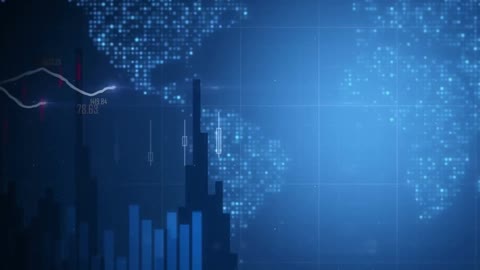Tangible assets are physical assets that have a real and measurable existence. You can see, touch, and feel these assets, and they typically have a finite lifespan due to wear and tear or depreciation. Unlike intangible assets like patents, copyrights, or brand recognition, tangible assets have a physical presence and are often essential to a company's operations.
Let us now see some of the common characteristics of tangible assets.
- Physical presence: They exist in the physical world and can be seen, touched, or measured.
- Depreciation: Tangible assets typically lose value over time due to wear and tear, obsolescence, or technological advancements.
- Value fluctuations: The value of tangible assets can fluctuate based on market demand, economic conditions, and other factors.
- Collateral for loans: Tangible assets can often be used as collateral to secure loans, providing businesses with access to capital.
Types of tangible assets
Tangible assets can be classified into several categories based on their nature and use:
- Property, plant, and equipment (PP&E): This is a broad category encompassing land, buildings, machinery, vehicles, furniture, and fixtures. PP&E is vital for manufacturing, production, and service delivery.
- Inventory: Inventory refers to raw materials, work-in-progress goods, and finished goods held for sale by a business. It is a crucial component of the supply chain and directly impacts a company's revenue generation.
- Natural resources: Natural resources include oil, gas, minerals, timber, and other resources extracted or harvested from the earth. They often have significant value due to their scarcity and demand.
- Investments in physical assets: This category includes investments in real estate, precious metals like gold and silver, and other tangible commodities. These assets are often held for their potential to appreciate over time.
Pros and cons of tangible assets
Tangible assets, being physical and often essential to business operations, come with a unique set of advantages and disadvantages. Here's a breakdown of the pros and cons:
1. Pros of tangible assets:
- Physical presence : Tangible assets have a real-world existence and intrinsic value. They can be used for production, operations, or direct consumption, providing a practical purpose beyond their financial worth.
- Diversification: Incorporating tangible assets into an investment portfolio can offer diversification benefits, as their performance is often less correlated with financial markets. This can help mitigate risk and stabilize returns.
- Inflation hedge: Certain tangible assets, like real estate and commodities, can act as a hedge against inflation. Their value may rise with inflation, protecting your purchasing power over time.
- Collateral for loans: Tangible assets can be used as collateral to secure loans, providing businesses with access to capital.
- Income Generation: Some tangible assets, like rental properties or gatural resources, can generate a steady income stream.
2. Cons of tangible assets:
- Depreciation: Most tangible assets depreciate over time due to wear and tear, obsolescence, or technological advancements. This can decrease their value and potentially impact investment returns.
- Storage and maintenance costs: Tangible assets often require ongoing maintenance and may incur storage costs, especially for items like vehicles, machinery, or real estate.
- Liquidity concerns: Selling tangible assets can be less liquid compared to financial assets like stocks or bonds. Finding a buyer and completing the transaction may take time.
- Market volatility: The value of tangible assets can fluctuate significantly based on market demand and economic conditions, leading to potential losses.
If you are looking to diversify your investments portfolio, Fixed Deposit (FD) can be a good choice. FDs provide a fixed interest rate throughout the investment period. Interest rate on FDs does not change with market fluctuations. NBFC’s like Bajaj Finance offers one of the highest rate of up to 7.30% p.a. on their Fixed Deposits.
Conclusion
Understanding tangible assets is essential for individuals and businesses alike. Whether you are an investor looking to diversify your portfolio or a business owner assessing your company's financial health, tangible assets play a vital role in the economic landscape. By understanding their characteristics, valuation methods, and associated risks, you can make informed decisions about buying, selling, or holding tangible assets. Remember, a well-balanced portfolio that includes both tangible and intangible assets can offer both stability and growth potential in the long run.
Calculate your expected investment returns with the help of our investment calculators





